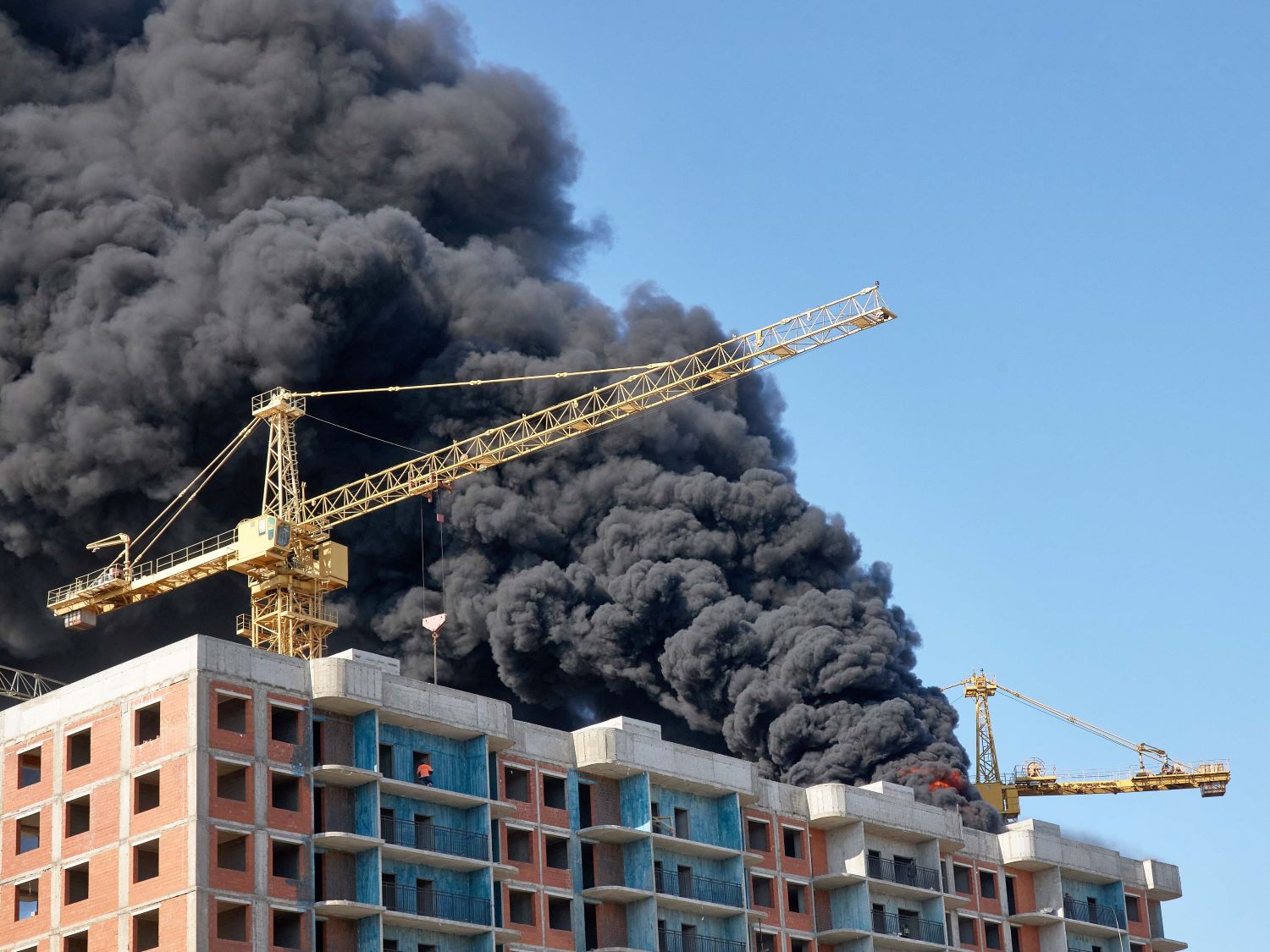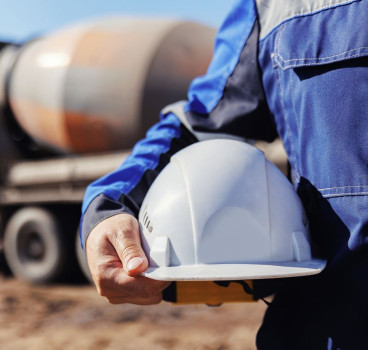Fire safety and sustainability - a blindspot
With the built environment contributing a significant amount of the UK’s total carbon footprint, there is no question that the sector needs to act to ensure buildings meet their sustainable development goals. However, terminology and language have changed and have started to form a new set of, almost, “accounting principles” which to the uninitiated govern material selection and choices for a project. These carbon “accounting principles” will drive design choices but the question is whether there is a blindspot? If we consider impact from damage or potentially catastrophic risks such as fire are we accounting for them, and if so, where, writes Iain Cox, Chair of Business Sprinkler Alliance?
The built environment continues to evolve. This includes discussions on various materials, systems, layouts and indeed the reuse of buildings. There appears to be a growing tension between the demands to be more sustainable and the impact on fire safety. You cannot stray too far into the world of fire safety without running into discussions on construction methods, photovoltaics and energy systems. In the background is a growing concern that what is built today remains within the built environment for the next 30-40 years and remediation is not palatable. One only has to look at what has happened with cladding to understand why it may be unviable.
There is also ongoing discussion on the pace of innovation in this area which is not always including the consideration of the impact of fire upfront or perhaps more correctly the wider impacts of change. These are all indicators of the reality of the challenge to balance multiple, emerging needs with fire safety.
Taking a step back to look at the broader definition of sustainability in relation to environmental, social and commercial aspects there is an overlap to fire safety. Fire has an impact in all these areas and working to minimise them through fire prevention and protection has always been seen to be strongly aligned with sustainability.
To date rating systems, government incentives and regulations change to recognise new measures of sustainable performance to drive market behaviour. The new forms of “accounting” for the use of carbon are well aligned with these principles. However, you only have to look at the consequences of a fire in buildings with such ratings and the concern they generate to realise that these sustainability credentials do not account for the effects of fire.
There is a debate to say that sustainability credentials should be separate to fire safety. One is elective, and one is a matter of regulations. However, to the person in the street that does not wash. Consider the recent large fire at Luton Airport that destroyed a car park, 1100 cars and took extensive resources in terms of firefighters and water to contain.
One can quickly find announcements that the car park is to be rebuilt, the cars are insured and will be replaced, and unnoticed, the water will be replenished. The materials from the demolished car park will be recycled as best they can, and I am sure that the scrapped cars will go a similar route. However, stop and think about this from a “carbon” perspective. This will still be tens of thousands of tonnes of carbon equivalent in those new cars and the materials for the new car park. An intelligent estimate would place the carbon component to be equivalent to four years of the greenhouse gas emissions the airport claimed in running operations in 2023 or over 10% of the reported total carbon emissions for 2022.

Let that sink in – that one event has not just cost money, disruption and stress to a lot of people. It has an impact on the carbon emissions for the airport and not a minor one. However, I wonder what the 2023 sustainability report for the airport will say? Will this be accounted for, or will it be ignored as it is not part of the “accounting principles” for carbon? It did not make it into the accounting of greenhouse gas emissions associated with operations in their annual accounts to the end of December 2023.
Fundamentally, one could question how sustainable was the original project when one considers the impact of fire; how the issue of fire could be addressed and whether fire should be more of a factor in that measure of sustainability.
My fear is that this is a blindspot; we believe someone else is taking care of it but really there is a gap. This blindspot is a little more challenging in that some of the decisions that may address it are actually further clouded by our eyeline being taken to other matters. Let me explain, adding automatic sprinklers as a key part of the fire strategy may actually be viewed as a negative outcome based on the “accounting principles”. The additional carbon they accrue to the project has no material benefit in the “accounting principles”, it is simply a burden and one that could be removed with an accrued benefit. Longer term this may not have been the best decision with greater carbon use in the repair and replacement of fire damaged properties.
It is not a surprise to me that the rebuilt Luton Airport car park will be protected by sprinklers. The impact of a fire in such a space is all too real now. I am still not sure that the “blindspot” is understood or indeed the “accounting principles” will promote the right thinking.
Fire safety is covered by the Building Regulations which are currently under review. Isn’t it time that we also reviewed how we define sustainability and considered fire as part of this? If we are going to successfully green our buildings, safety and sustainability must go hand-in-hand.
For more information about the Business Sprinkler Alliance visit www.business-sprinkler-alliance.org
Additional Blogs

The silent death of the fixed-price contract
For decades, the fixed-price contract has been the backbone of construction procurement. It promised certainty with a defined scope, an agreed sum and a clear transfer of risk from client to...
Read moreWhy good contractors are walking away from bad projects
There is a growing change happening across the construction industry, one that many clients still have not fully recognised. Highly competent, reputable contractors are increasingly walking away from...
Read more

When fire breaks out who really knows the system
The story that caught my attention recently wasn’t about fire growth or building loss, it was about confusion. Specifically, the confusion faced by the fire service when arriving at buildings...
Read more